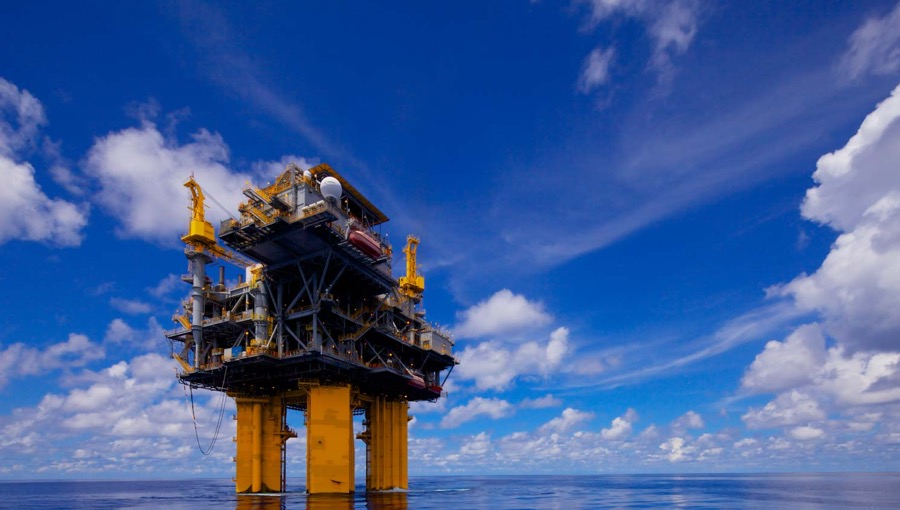US offshore oil workers flee as storm approaches Gulf of Mexico

U.S. energy companies on Thursday began airlifting workers from Gulf of Mexico oil production platforms and moved vessels from the path of what could become a devastating hurricane by the weekend.
A storm brewing in the Caribbean Sea is forecast to grind through the main oil-producing region of the Gulf. It could become a major hurricane ahead of landfall on the central Gulf Coast, the National Hurricane Center said. Hurricanes with winds of up to 111 miles (178 km) per hour are classified as major and can bring devastating damage onshore.
BP PLC, BHP, Chevron, Equinor and Royal Dutch Shell have begun removing workers from offshore facilities, spokespeople said. BHP, Shell and Chevron are beginning with non-essential staff while Equinor said it is preparing to move workers off its Titan platform.
BHP and BP said they have begun to shut in production at offshore platforms. Chevron said its production remained at normal levels on Thursday. Occidental Petroleum and Hess Corp said they are monitoring weather conditions.
U.S. Gulf Coast gasoline prices rose in the past two sessions because of concerns around the storm, traders said.
Gulf of Mexico offshore wells account for 17% of U.S. crude oil production and 5% of dry natural gas production. Over 45% of total U.S. refining capacity lies along the Gulf Coast.
Exxon Mobil Corp said it was preparing its 520,000 barrel-per-day (bpd) Baton Rouge, Louisiana refinery for severe weather, but operations were normal on Thursday.
Phillips 66 operations at refineries in Lake Charles and Alliance, Louisiana, “will be adjusted based on the storm’s progression,” spokesman Bernardo Fallas said.
The preparations comes nearly four years to the day after Hurricane Harvey hit the Gulf Coast and dumped several feet of rain in areas of Texas.
“This storm has the potential for rapid increases in intensity before it comes ashore” because of extremely warm waters off Louisiana, said Jim Foerster, chief meteorologist at DTN, which provides weather advice to oil and transportation companies.
“Water temperatures are 85 degrees to 88 degrees Fahrenheit (29-31 degree Celsius), that’s anomalously high, 3 to 5 degrees higher than it normally would be,” said Foerster. Its projected path over warm waters will mean it drops heavy rains that cause onshore flooding, he said.
(By Sabrina Valle, Erwin Seba, Gary McWilliams and Liz Hampton; Editing by Marguerita Choy and David Gregorio)
{{ commodity.name }}
{{ post.title }}
{{ post.date }}

Comments